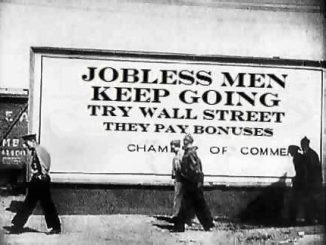
This week has been difficult for investors, and in particular for those investing in the stock markets. The S&P 500 index fell by 5% and emerging markets dropped by 5%. The already vulnerable gold stocks were hit hard by the broader equity market, also losing 5% last week, and the HUI Gold Bugs Index fell by 7%.
After a strong start to this year, gold stocks basically dropped all of their new gains. However, the markets are still optimistic about the future of gold stocks over the next 12-18 months, as future economic and trading trends are expected to start supporting gold after Q2.
Historically, gold rose the most after bearish markets, such as in 1970, continuing to perform very well in the markets during 1973-1974. After a brief and sharp drop between 1975 and 1976, gold rebounded strongly, but after years of the stock markets struggling and facing its worst times in a quarter of a century. Gold continued to perform well even after the market fell in late 2002. However, it began to continuously reach new record highs after the stock market plunged in March 2009. Usually, during declines and bear markets, policymakers tend to issue policies which lead to extremely negative real rates. These policies are typically not reversed until the economy becomes strong again.
Gold stocks and the stock markets were positively correlated during the 1960s, but gold stocks rose significantly, especially from 1964 to 1968. This superiority accelerated after 1963 with inflation and bond yields rising to higher levels in the coming years. This would have a negative impact on the stock market, both nominal and real.
The Dow Jones index peaked in 1966 while the S&P 500 didn’t reach its peak until 1973 as it hit new record highs in 1969 and 1973. The fundamentals seem to be heading towards a bullish direction for gold stocks and bearish for the stock market. Although inflation has not yet emerged, markets show that inflationary pressures are forming, and this will affect corporate margins. Rising inflation also leads to higher bond yields, which means higher debt servicing costs. This is a problem for the economy and the stock market because of the debt accumulated in recent years.
It is not yet time for gold to shine, but it is close to that, and it is still in a bullish pattern that should give way to a breakthrough later this year. The next few months could be the best opportunity to buy in precious metals since the end of 2015.




Be the first to comment